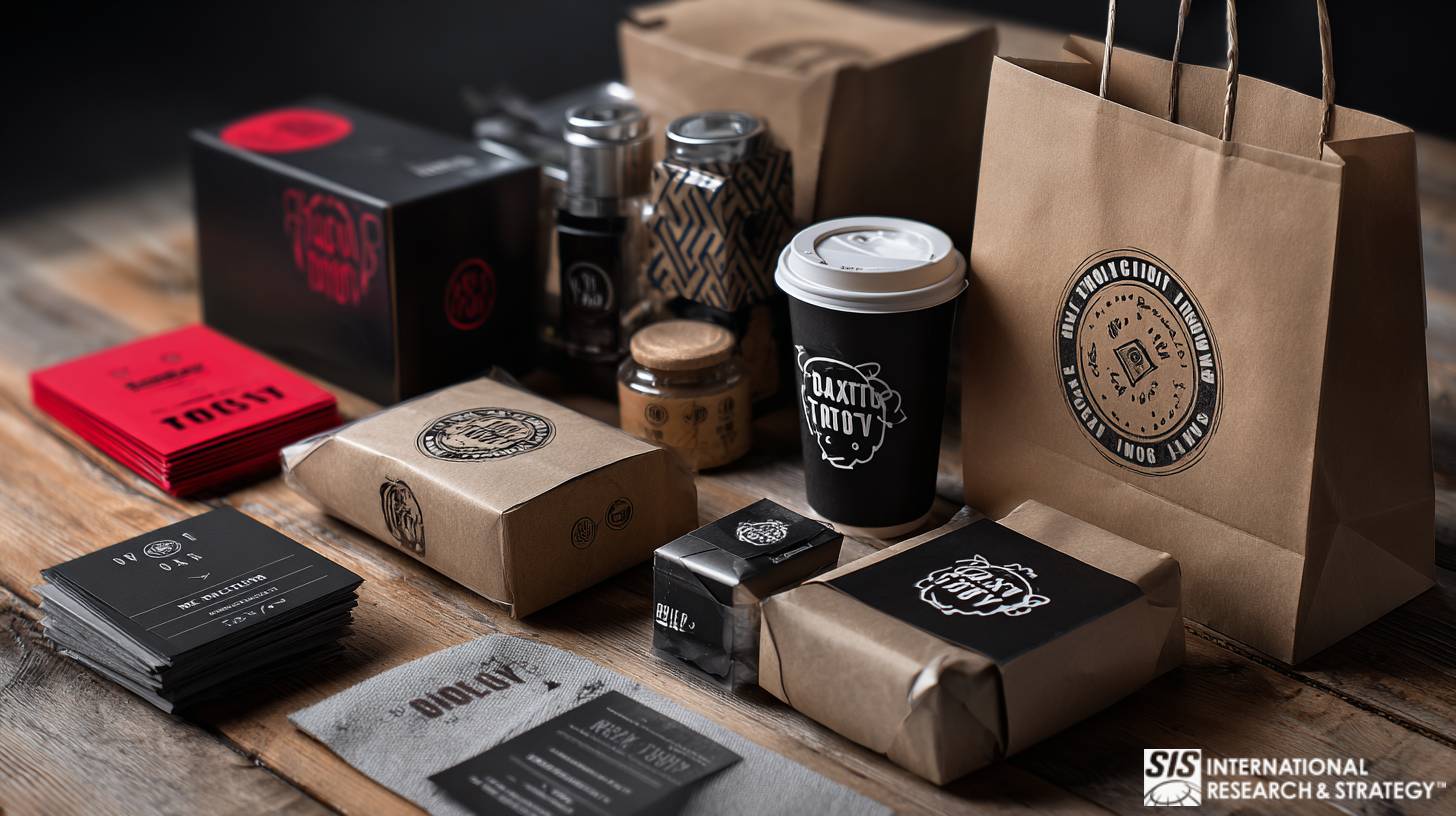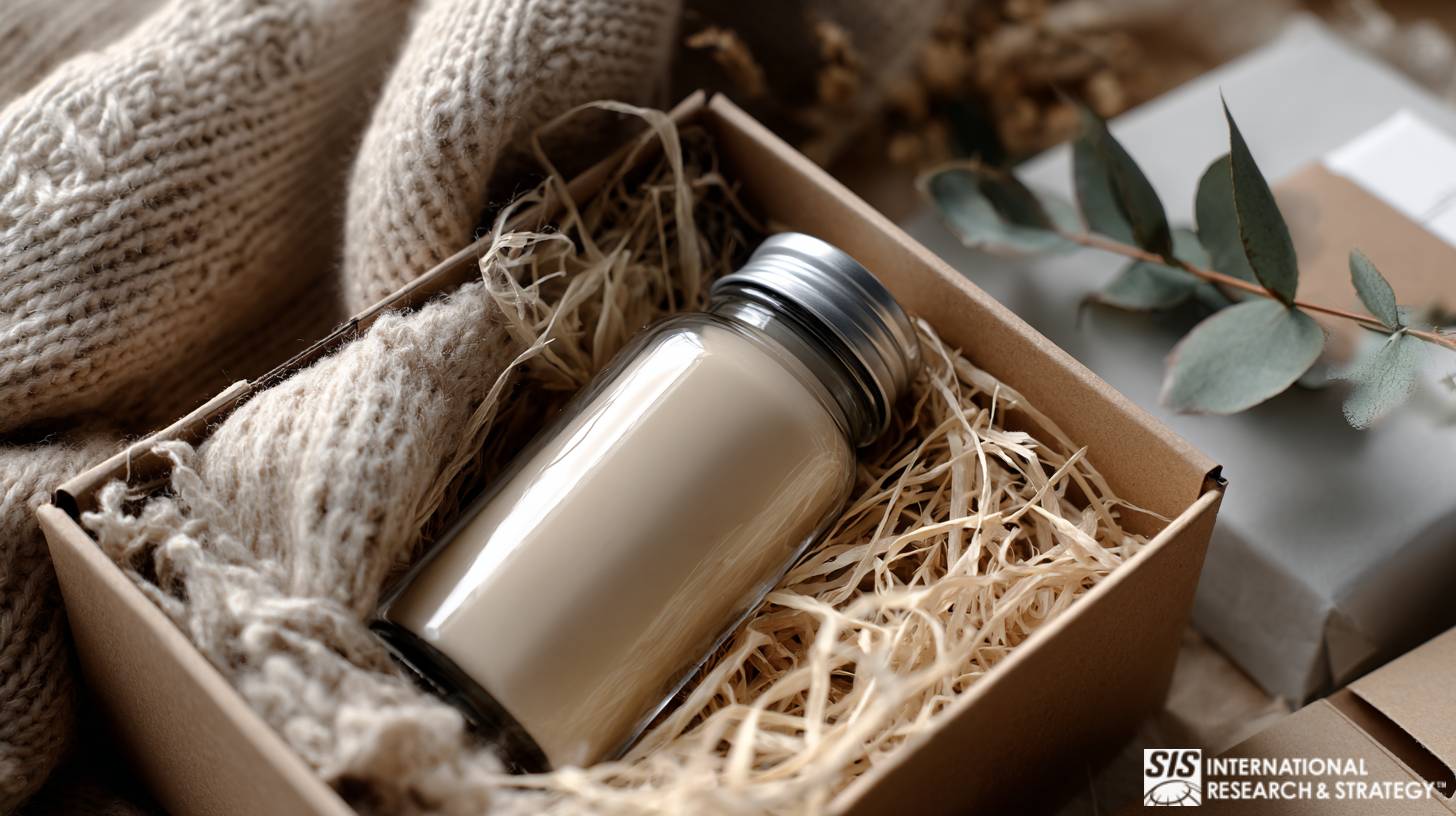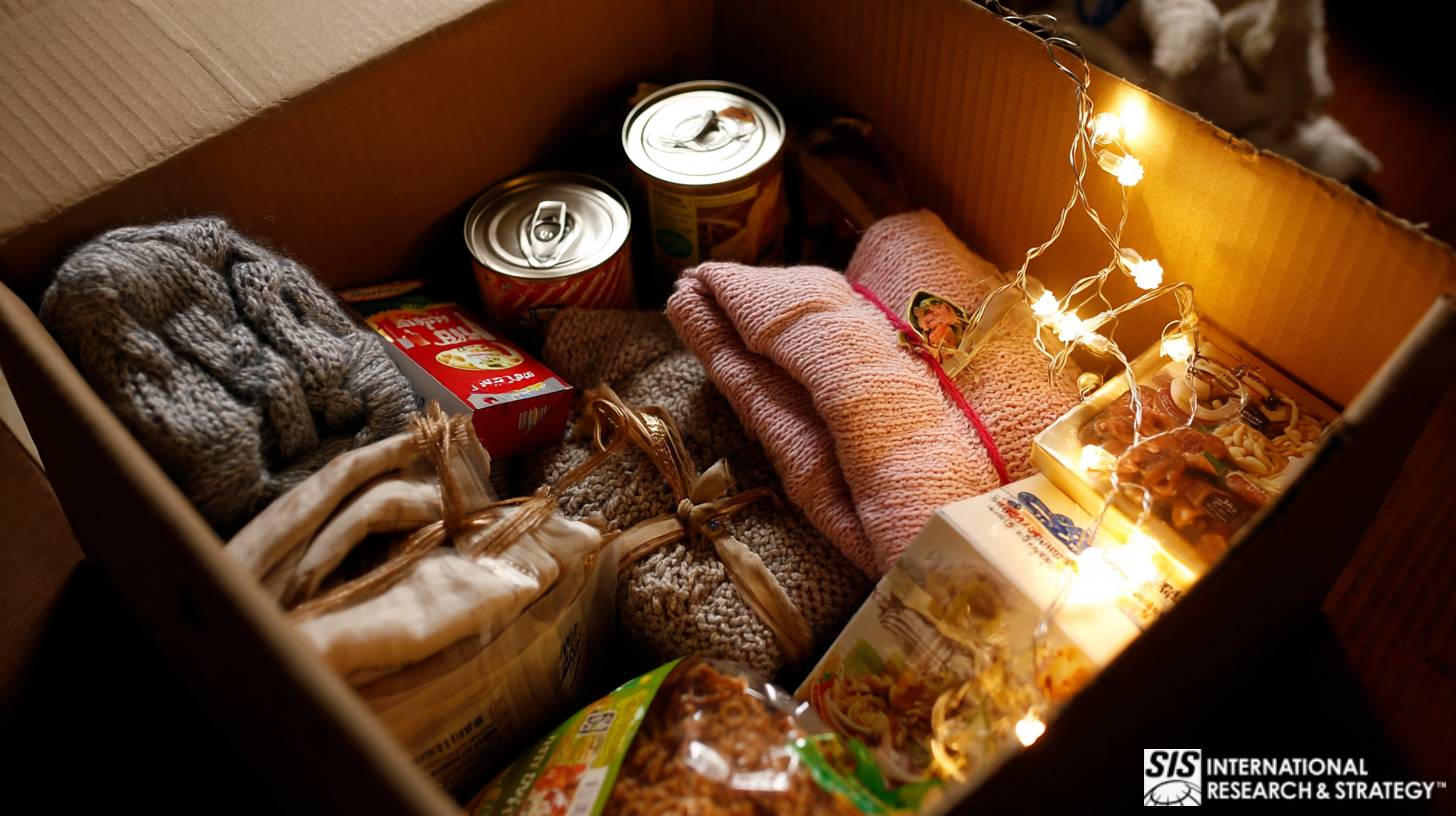Productpakket smaaktesten

Are you aware of the critical role of product pack taste tests in shaping consumer preferences and driving product success in the market? Among the factors influencing purchasing decisions, the taste of a product remains a primary determinant of consumer satisfaction and brand loyalty.
Table of Contents
What Is Product Pack Taste Tests? Why Is It Important?
Product pack taste tests are systematic procedures businesses use to assess their products’ sensory attributes, flavor profiles, and overall acceptability among target consumers. These tests typically present consumers with product samples in their packaging, allowing them to evaluate factors such as taste, aroma, texture, and visual appeal.
These tests enable businesses to assess the sensory attributes of their products across different production batches, ensuring that quality standards are consistently met and maintained. It also allows businesses to identify unique flavor profiles, packaging designs, or product features that set their products apart from competitors.
Moreover, these tests provide businesses with actionable data and insights that inform strategic decision-making throughout the product development lifecycle. Whether optimizing product formulations, refining packaging designs, or tailoring marketing messages, businesses can leverage insights from taste tests to make informed decisions that maximize product success and minimize risks.
What Are the Benefits of Product Pack Taste Tests?

Conducting product pack taste tests offers businesses a range of benefits that directly contribute to product success and market competitiveness. Here are some key advantages:
- Insight into Consumer Preferences: By engaging consumers in taste tests, businesses gain valuable insights into their preferences, enabling them to tailor product formulations, flavors, and packaging designs to better meet consumer expectations.
- Quality Assurance and Improvement: Tests are a quality control measure, helping businesses ensure their products meet high taste and sensory appeal standards.
- Market Differentiation: Taste tests help businesses identify unique flavor profiles and product features that set their offerings apart.
- Geoptimaliseerde marketingstrategieën: Insights from taste tests can inform marketing strategies and messaging, helping businesses effectively communicate their products’ unique attributes and benefits to consumers.
Who Uses Product Pack Taste Tests
- Food and Beverage Companies primarily use product pack taste tests as they seek to develop and refine their product offerings. They utilize taste tests to ensure their products resonate with consumers and meet quality standards.
- Consumer Goods Manufacturers also utilize taste tests to gauge consumer preferences and enhance product appeal.
- Retailers and Merchandisers leverage taste tests to assess the market appeal of new products and make informed decisions on product selection, placement, and promotion in their stores.
- Advertising and Marketing Agencies use taste tests as part of their market research efforts to inform creative strategies and messaging for product advertising campaigns.
Product Pack Taste Testing: Key Industry Data
| Key Metric | Data & Insights | Source |
|---|---|---|
| Packaging Impact on Purchases | 72% of American consumers say product packaging design influences their purchase decisions, while 67% state packaging materials impact their choices | Ipsos Survey |
| Point of Sale Decisions | 73-85% of consumer purchase decisions are made at point of sale, with packaging design serving as the main differentiator between products | National Library of Medicine |
| Gift Purchase Influence | 81% of consumers agree packaging design influences gift selection decisions, critical for premium and gift-oriented products | Ipsos Survey |
| Food & Beverage Market Growth | Global market projected to grow from $6.2 trillion to $9.8 trillion by 2032, with a CAGR of 5.9% | Credence Research |
| Modern Sensory Methods | Techniques like CATA (check-all-that-apply) and TDS (temporal dominance of sensations) are faster and more complete than traditional methods | National Library of Medicine |
| Testing Panel Size | Triangle tests require 4-8 tasters, duo-trio tests need 7-10 evaluators, and descriptive panels range from 5-18 panelists | Food and Nutrition Journal |
| Consumer Testing Requirements | Affective testing typically requires 50 or more untrained panelists to gather reliable consumer preference data | ScienceDirect Topics |
| Food Flavors Market Value | Market projected to reach $24.28 billion by 2030, growing at CAGR of 3.9% | Stratview Research |
| Optimal Testing Environment | Professional sensory booths maintain temperature at 20-22°C and humidity at 40±5% for consistent evaluation | Food and Nutrition Journal |
| Premium Quality Perception | 63-67% of consumers agree paper and cardboard packaging makes products seem premium or high quality | Ipsos Survey |
Critical Success Factors for a Successful Product Pack Taste Tests
Several key factors contribute to the effectiveness and success of product pack taste tests:
Duidelijke doelstellingen: Establishing clear objectives is essential for guiding the design and execution of these tests. Whether the goal is to assess consumer preferences, evaluate product variations, or inform marketing strategies, defining specific objectives ensures that the taste tests are focused and aligned with the desired outcomes.
Sample Selection: Ensuring the sample population reflects the target market is crucial for obtaining reliable, actionable insights from taste tests. Sample selection should consider factors such as demographic diversity, purchasing behaviors, and product usage patterns to ensure that feedback accurately reflects the preferences of the target consumer segment.
Standardized Protocols: Implementing standardized protocols and procedures for conducting taste tests helps maintain consistency and reliability across testing sessions.
Quality Control Measures: Implementing quality control measures throughout the taste testing process helps ensure the integrity and reliability of the data collected. This includes monitoring environmental factors (such as temperature and lighting), controlling for external influences (such as palate fatigue), and validating the accuracy of sensory evaluations through calibration exercises and validation checks.
Expert Facilitation: Engaging trained sensory professionals or experienced facilitators to conduct taste tests enhances the validity and reliability of results. Expert facilitators can guide participants through the tasting process, elicit meaningful feedback, and interpret sensory data accurately, ensuring that insights are actionable and relevant to business decision-making.
Feedback Integration: Integrating feedback from taste tests into product development, marketing, and decision-making processes is essential for maximizing the impact of the insights gained.
Technologies and Tools Used in These Tests

In modern product pack taste tests, businesses leverage various technologies and tools to enhance the efficiency, accuracy, and effectiveness of the testing process. Some key technologies and tools employed include:
Sensory Evaluation Software: Sophisticated sensory evaluation software platforms facilitate the design, execution, and analysis of product pack taste tests.
Electronic Data Capture Devices: Electronic data capture devices such as tablets or smartphones, are commonly used to collect sensory evaluation data during taste tests.
Biometric Measurement Tools: Biometric measurement tools, including physiological sensors and facial expression analysis software, are increasingly utilized in tests to measure participants’ physiological and emotional responses to products.
Virtuele realiteit (VR) en augmented reality (AR): VR and AR technologies are emerging as innovative tools for simulating product tasting experiences in virtual or augmented environments.
How SIS International’s Product Pack Taste Tests Help Businesses
SIS Internationaal‘s expertise in product pack taste tests provides businesses with tailored solutions to optimize product development, enhance market competitiveness, and drive business success. Here’s how SIS International’s services benefit businesses:
- Customized Research Approach: SIS offers customized research solutions tailored to clients’ needs and objectives. We design research methodologies that align with clients’ strategic goals and deliver actionable insights, ensuring that taste tests are conducted effectively to meet business objectives and drive results.
- Wereldwijd bereik en expertise: With a global network of research professionals and industry experts, SIS International offers businesses access to localized market intelligence and industry insights across different geographic regions. SIS’s global reach enables clients to understand consumer preferences, market trends, and competitive dynamics, facilitating informed decision-making and market strategy development.
- Advanced Technologies and Tools: Our experts leverage advanced technologies and tools to enhance the efficiency, accuracy, and depth of product pack taste tests. From sensory evaluation software and electronic data capture devices to virtual reality and augmented reality simulations, SIS International employs innovative approaches to gather consumer feedback, analyze sensory data, and derive actionable insights.
- Expert Facilitation and Analysis: SIS employs experienced sensory professionals and research analysts to facilitate taste tests and interpret research findings. With sensory science, consumer behavior, and market analysis expertise, SIS International’s team guides clients through taste testing, elicits meaningful participant feedback, and provides in-depth analysis and interpretation of taste test results.
- Uitvoerbare aanbevelingen: SIS International delivers actionable recommendations and strategic insights from taste test results, enabling businesses to translate insights into tangible business outcomes. We provide clients with clear, data-driven recommendations that guide decision-making and drive business growth.
Onze vestigingslocatie in New York
11 E 22nd Street, 2e verdieping, New York, NY 10010 T: +1(212) 505-6805
Over SIS Internationaal
SIS Internationaal biedt kwantitatief, kwalitatief en strategisch onderzoek. Wij bieden data, tools, strategieën, rapporten en inzichten voor besluitvorming. Wij voeren ook interviews, enquêtes, focusgroepen en andere marktonderzoeksmethoden en -benaderingen uit. Neem contact met ons op voor uw volgende marktonderzoeksproject.

